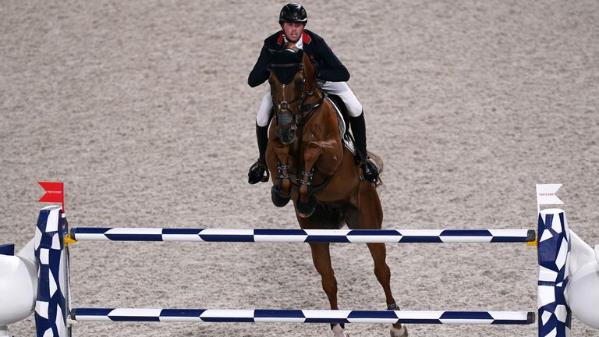As many of us have our eye’s peeled on the track athletes and swimmers, there are other competitions that will keep you equally on the edge of your seat. The equestrian events (horse riding) is one of those Olympic events that has no shortage of thrills, intense competition and showmanship. The Council of Equine and Equestrian Professionals South Africa NPC (CEEPSA) gives us an update on what has been going on with Olympic horse riding.
“We have been following the Olympic equestrian competition very closely, it is very encouraging to see the level of competition, high standards for horse inspections, and the utmost respect for horse welfare at the Olympic level,” says Nicola Sime-Riley director for sport at CEEPSA. “As equestrian competition comes to a close on Saturday with the team jumping final, we want to give you some insight into this level of competition.”
Riders and their horses travel together.
Olympic equestrian riders take their own horses to Tokyo. “This is not unusual as riders who compete at an international level, travel with their horse who they have been training with for years,” says Sime-Riley. “Riders form close bonds with their horses.” Horses heading to Tokyo travel in wide stalls with two horses per pallet. Stallions usually travel in the front of the plane to keep them free from distraction from the mares.
Three disciplines at the Olympics.
The equestrian competition hosts three different disciplines, Dressage, Jumping, and Eventing. Para Dessage is the only Equestrian Competition represented at the Para-Olympic competitions.
Dressage is an eloquent and artistic form of competition. The aim is to achieve a beautiful synchronicity between the rider and the horse. Dressage assesses the rider’s ability to get the horse to move quickly from side to side, transition into a gallop or rapidly change direction, using subtle commands.
Jumping involves the rider and horse progressing around a course while jumping over 12 to 15 obstacles. Penalties are incurred when obstacles are knocked down and when the time limit to complete the course is exceeded.
Eventing is, often referred to as the equestrian triathlon. This discipline involves a mixture of jumping, dressage and a cross-country test where riders will have to complete a course made up of approximately 40 obstacles including fences, hedges and water jumps.
Different horse breeds for different disciplines.
Certain horse breeds lend themselves better to different disciplines. Given the physical requirements of the Jumping discipline, horses in this competition should have a fearlessness to approaching obstacles with speed and the confidence to commit to a jump. Thoroughbred, Trakehner, and Hanoverian are known to be the best breeds for Jumping.
Horse welfare is treated as a top priority.
“Along with the inspections to monitor horse fitness, comfortable travel arrangements, pampering, and consistent rest periods between competition are all factors that are implemented to ensure the welfare of horses,” says Sime-Riley.
For South African Dressage rider Tanya Seymour, her Olympic campaign unfortunately came to an end early when her horse, Ramoneur, suffered a case of laminitis, which results in painful swelling and inflammation of the hoof. With Ramoneur ruled out, this means that Seymour is also out of the Tokyo Olympics. Sadly Victoria Scott, a South African rider competing in Eventing had to retire after the cross-country phase of her event as her horse went unsound.
South African Paralympic rider, Philippa Johnson-Dwyer is preparing for her Paralympic campaign. Keep an eye out for Philippa who will be flying the South African flag heading into the event, which runs from 24 August to 05 September 2021. She already proudly in possession of two gold and two silver medals from previous Paralympic events.
